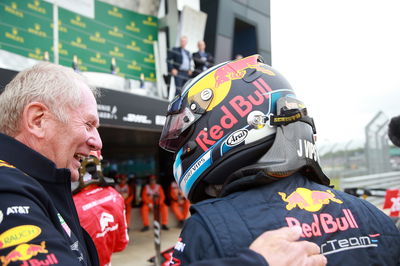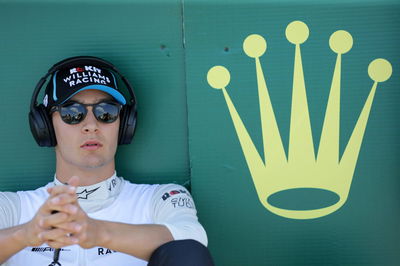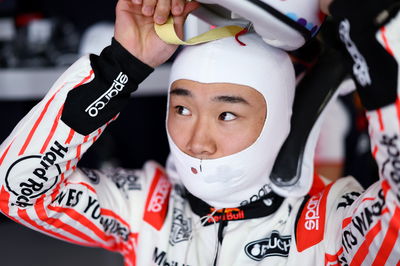Who will be Formula 1’s first 2000s baby?
“I tell you - the day we get beat by somebody who’s born in 2000 and upwards, we will know it’s time…”
Sebastian Vettel’s comment towards the end of the post-race press conference in Hungary may have been part of some light-hearted banter about age with Max Verstappen and Lewis Hamilton, but it pointed towards an inevitable, ever-nearing prospect.
Soon enough, there will be an F1 driver on the grid born in 2000 or later to make us all feel very, very old.
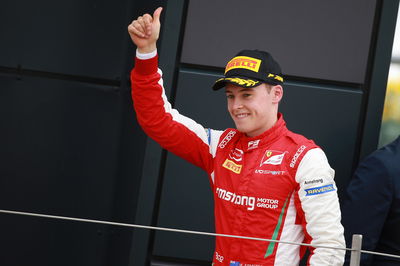
“I tell you - the day we get beat by somebody who’s born in 2000 and upwards, we will know it’s time…”
Sebastian Vettel’s comment towards the end of the post-race press conference in Hungary may have been part of some light-hearted banter about age with Max Verstappen and Lewis Hamilton, but it pointed towards an inevitable, ever-nearing prospect.
Soon enough, there will be an F1 driver on the grid born in 2000 or later to make us all feel very, very old.
We almost got one this year in the form of Lando Norris (born on November 13 1999), but it seems unlikely there will any stepping up in 2020 given everyone on the Formula 2 grid this year is, in fact, older than Norris.
As a result, we have to take another step down the single-seater ladder to this year’s FIA Formula 3 championship to see the candidates to become F1’s first 2000s baby.
Current points leader Robert Shwartzman looks to be on a good course for the future, given his ties to SMP Racing - the state-linked racing operation that has helped support many Russian drivers - and place on the Ferrari Driver Academy. But he too is older than Norris, born in September 1999.
Shwartzman is not the only Ferrari youngster currently in F3 title contention. His Prema teammate Marcus Armstrong (pictured top) sits just 26 points back in the title battle, with the New Zealander being our first 2000s baby candidate, born on 29 July 2000.
Armstrong linked up with the FDA at the end of 2016 before combining Formula 4 programmes in Italy and Germany the following year, winning the former and finishing as runner-up in the latter. He finished fifth in FIA European F3 last year before moving into the newly-formed international championship that replaced GP3 for the current season.
While Armstrong’s first victory only arrived in Hungary, he had been ever-present at the front of the pack throughout the season, struck by some misfortune that had cost him shots at victory in both France and Austria. He may only be P4 in the championship, but the gap to Shwartzman has been slender for the most part.
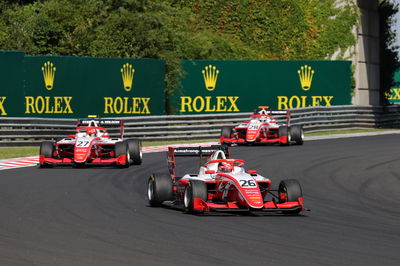
So what are Armstrong’s chances of being F1’s first 2000s baby? As impressive as his season has been thus far, he is still a few rungs down the pecking order among Ferrari’s juniors. Should an opportunity arise in the near future (one would envisage at Alfa Romeo), then Mick Schumacher is the leading candidate, having claimed his maiden F2 win on the same day Armstrong took victory. Fellow FDA members Callum Ilott and Giuliano Alesi are also racing in F2 this year, meaning that even if Armstrong were to beat Shwartzman to the F3 title, he would still have tough competition to be the next Ferrari youngster to make the step up to F1.
Armstrong was not the only driver to break his F3 win drought in Hungary. Renault junior Christian Lundgaard - born 23 July 2001 - took his first pole before going lights-to-flag for victory in the opening race at the Hungaroring, going some way to making up for a lost win at the very first race of the year in Spain when a penalty denied him success over Shwartzman.
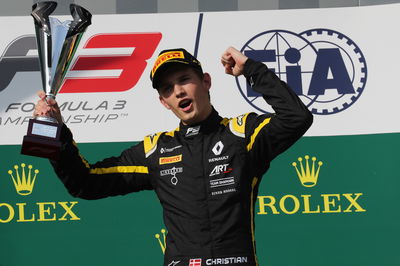
Lundgaard has impressed through his first season at F3 level. With a pair of F4 titles to his name in 2017, the Dane finished as runner-up in Formula Renault Eurocup last year behind fellow Renault junior Max Fewtrell (himself a ’99 baby). Lundgaard had a difficult spate of form post-Spain, failing to score any points in either France or Austria, meaning any title aspirations were nipped in the bud.
Similar to Armstrong, Lundgaard finds himself in a succession plan at Renault should any opportunities arise for its juniors (harder to find than Ferrari or Red Bull-linked youngster with an affiliated team). Guanyu Zhou and Jack Aitken have been solid in F2 this year, making them stronger candidates at present. But at just 18, the early signs are very promising for Lundgaard.
The strongest candidate currently racing in F3 is Juri Vips, born 10 August 2000. Vips beat Armstrong to the German F4 title in 2017 and also placed just ahead of him in European F3 last year, taking fourth place in the standings in his debut season with four victories.
Vips’ performances resulted in him joining Red Bull’s junior programme ahead of the FIA F3 campaign, where, after a steady start, he has now emerged as Shwartzman’s most serious title rival. Vips took Race 1 wins in both Austria and at Silverstone before a pair of fourth-place finishes in Hungary allowed him to close to within 12 points of the championship lead heading into the summer break, gaining plenty of momentum in the process.
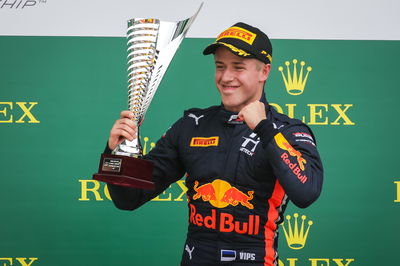
A top-three finish in F3 this year would be enough to get Vips an F1 Super License - something particularly valuable given he is the most senior Red Bull-backed driver on the F1 single-seater ladder. Big questions remain over Toro Rosso’s F1 line-up for next season following the shock swap of Pierre Gasly and Alexander Albon for the rest of this year, but if Red Bull were to want a new, young driver who is already under their umbrella, then Vips is the only real candidate.
It would, however, be a massive jump, even for a talented and - for a young man of just 19 - mature racer such as Vips. The fast-track system at Red Bull has contributed to the current quagmire it finds itself in. So would it risk doing the same and burning up Vips too quickly?
Another name to consider on Red Bull’s books is Liam Lawson, who at just 17 is the youngest driver on the F3 grid this year. Lawson caught attention after winning the Toyota Racing Series in his native New Zealand over the winter ahead of Armstrong and a far more experienced Red Bull-backed driver, Lucas Auer, leading to his signing to the junior programme.
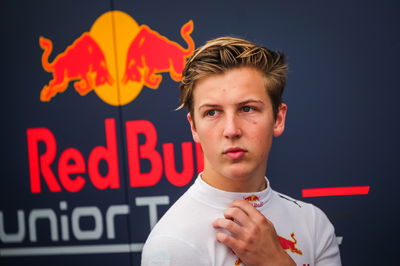
Lawson is only in his third year racing cars after two full seasons at F4 level, so needs to be given time. He has impressed on occasion this year, taking a podium finish in Sunday’s reverse grid race at Silverstone, but sitting only P10 in the standings, it is unlikely he will be leapfrogging too far up the Red Bull junior pecking order in the immediate future.
The final youngster making our list is Paul Aron, who was signed as the newest member of Mercedes’ young driver programme only last month. At 15, Aron is still some way off F1, but is spending this year racing in both German and Italian F4 to gain more experience.
Mercedes has an excellent track record with its junior drivers, though, getting the likes of Pascal Wehrlein, Esteban Ocon and George Russell all through to F1. Backing from the Silver Arrows does not come lightly, making it a big show of faith in Aron’s ability.
We may still be a couple of years off the first driver born in 2000 or later joining the grid, but regardless of who follows Jaime Alguersuari’s feat of being the first ‘90s child in F1, they are probably already on the radar.
